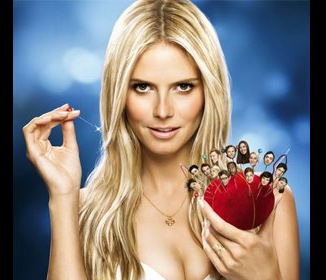TVs are being watch all over the globe. It was estimated that in 1949, in the U. S. Alone, there were 11 million televisions sets. 60 years later, there are over 2,000 million sets on mother Earth.
Dumont TV, CBS, NBC and ABC were four networks that governed television programming at the time. Major cities such as New York, Los Angeles and Chicago received direct transmissions from those networks. Most of the nation received local shows with occasional network programming. The big 4 made their own shows and shipped them to contracted local stations. If a station was outside of the contracted areas, they relied on private companies to produce programs to be shown on their stations. At the time, the technology was available to make programs in color, but the transmissions were so poor, that networks and stations continued to produce their shows in black, white and shades of gray.
In the early nineteen hundred and fifties, many television programs were named after their sponsors, such as The Texaco Star Theater (Texaco Oil), Philco Television Playhouse (Philco Electronics), Gillette Cavalcade of Sports (Gillette Razors and Blades), The Colgate Comedy Hour (Colgate Tooth Paste), and so on. These companies had full control over all aspects of the shows. One cigarette company, who sponsored news programs, required that a cigarette to be burning on camera, at all times during the show. Dumont changed all that when, in 1953, they sold advertising segments during their shows to various advertisers. This practice continues today, and has, for the most part, relinquished production control back to the networks and programming producers.
In an era of conservative family values, TV programming at the time followed suit. Variety shows provided singers, dancers, magicians and other talents a forum to advance their careers, while families cheered them on at home. Programs depicting families provided viewers with a prototype for how the average family behaves. Even non-traditional families, like those missing a parent or a spouse or even a child sent a positive message, and often a good laugh.
Other favorites of the times were programs for children. Howdy Doody was a marionette show that featured Uncle Bob Smith, Clarabelle the clown, Indian princess Summer Fall Winter Spring, and others who interacted with the puppets before a live audience of children called The Peanut Gallery. Women loved Queen For A Day, where the woman in the audience with the saddest life story was showered with gifts fit for a queen, and given regal treatment for one day. Men loved sports, and bowling, boxing, and wrestling were top television draws in the early fifties. In the later part of the decade, baseball and football became regular programming, and were as popular as they are today.
Sports like boxing, basketball, football, wrestling and bowling were viewer favorites in prime time and on weekends. News shows like Huntley Brinkley, The Camel News Caravan, and Douglas Edwards with the News kept the public informed of national current events.
At the end of the nineteen fifties, there were overt 67 million TVs in the United States, many of which were replacements for junked black and white sets. Existing black and white programs were rapidly being updated to new color formats, and new programs were aired in color right from the start. Technology had advanced to where portable cameras could capture history in the making right from the scene. Baby steps were left behind and television entered a new era of giant leaps.
Andrew Johnson is an expert in TV consumables. If you want more information about tpes of TVs or are looking for a trusted TV retailer please visit ebuyer.com

